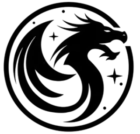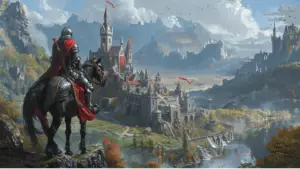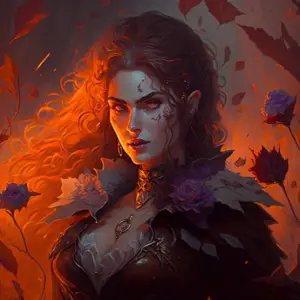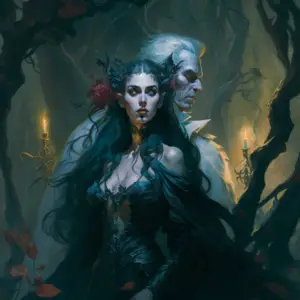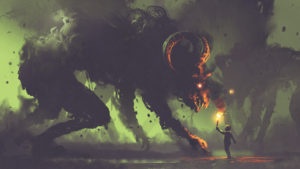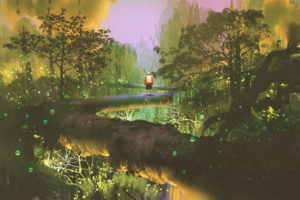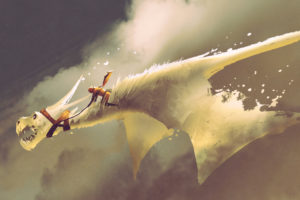When you think of fantasy, you probably picture wizards, trolls and all kinds of magical phenomena. Still, what if someone were to write a fantasy with everything but the magic itself? What exactly is fantasy without magic called?
Fantasy without magic is most closely related to low or intrusive fantasy. In low fantasy, the world is meant to be more realistic with elements of magic intruding upon it. While this isn’t exactly no magic, it is the closest category to a work that is magic free.
If you’re interested in fantasy but want to enjoy it without all the magical elements, we’ve got you covered. In our guide below we will weigh in on the debate over whether or not a piece can be fantasy if it doesn’t contain magic. Additionally, we’ll break down the four basic types of fantasy literature so you can find the book tailored just for you.
So without further ado, let’s dive in!
What is the Definition of Fantasy?
Before we jump into what is and isn’t fantasy, it’s important that we have a grasp on what the genre really is in the first place. So, what exactly is the definition of fantasy itself?
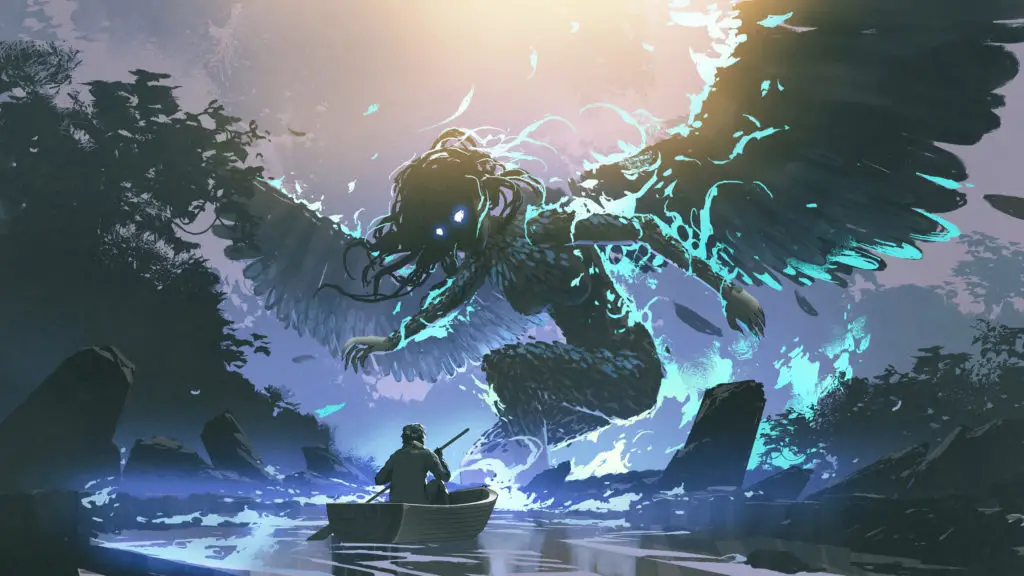
While the definition of fantasy itself is hotly debated it is generally defined as a genre often containing magical and/or fantastical elements to drive its plot forward. Often–though not always–these are stories set in fictional worlds.
The fantastic elements within a story that doesn’t contain magic could include things like species or races that don’t really exist. In this kind of story, things are fantastical, however they would not necessarily be considered magical.
Can it be Fantasy Without Magic?
If fantasy requires magical or fantastical elements can it really be fantasy without magic?
At the end of the day, there is no reason why a work can’t be fantasy without magic as long as it includes other fantastical elements. In fact, there has been increasing popularity in fantasy worlds that use less magic and more realism in recent years.
What are the Four Types of Fantasy?
While there is healthy debate around how to categorize, and what to include within fantasy, it can be broken down into four basic types. This way of categorizing fantasy comes from the book Rhetorics of Fantasy, and is based on the protagonist in relation to their world.
Below we’ve outlined each type of fantasy so you can get a better idea of what is out there:

- Low or intrusive fantasy: This is the type of fantasy most closely related to that without magic. In low or intrusive fantasy you have a world that is highly realistic with elements of magic or fantasy intruding upon it. These tend to be gritter tales that focus more on the character work than the plot.
- Immersive fantasy: Immersive fantasy is the opposite of fantasy without magic. These are populated with highly magical worlds that the reader can immerse themselves in. The best example of this kind of fantasy would be the great granddaddy of them all, The Lord of the Rings.
- Liminal fantasy: In liminal fantasy, the reader gets the sense that there is a larger world, however, they never get a full glimpse of it. Liminal fantasy is particularly popular with short stories that take place in a fantasy world because it is great for creating a sense of immensity and mystery in a short space.
- Portal-Quest fantasy: Portal-quest fantasy involves a character traveling from a familiar world–often our own–to an unfamiliar one where they have to make a quest back home. The most well known examples of this might be The Wizard of Oz or Alice in Wonderland.
It’s important to reinforce the fact that this is not the only way to categorize fantasy and there is much debate around the issue. In fact, in our next section, we’ll dive into some of the other subtypes people have noted over the years.
What Other Categories of Fantasy Are There?
As we stated above, there is more than one way to categorize fantasy. While the previous four pronged approach can be attractive due to its simplicity, there are others who categorize fantasy into even more specific subtypes.
The following categories are some of the other subtypes of fantasy:
- High fantasy
- Dark fantasy
- Grimdark fantasy
- Medieval fantasy
- Historic fantasy
- Superhero fantasy
- Vampire fantasy
- Paranormal fantasy
We’ll stop there, however, this list could go on and on forever. That said, you can see that fantasy can really be sliced and diced any way you find useful.
Can Fantasy Be More Than One Type?

If fantasy can be categorized in so many different ways, it seems only natural to wonder whether or not a piece can be in two categories simultaneously. So really, can a piece of fantasy be more than one type?
Fantasy can quite easily fall into different categories at the same time. Part of this is because when you take into account the different approaches to categorization, you’re inevitably going to have some overlap. The other element at play here, however, is that these are often complex stories with lots of moving parts. In other words they defy easy categorization.
So Really, What is Fantasy Without Magic Called?
At the end of the day, fantasy without magic could fall into any number of categories depending on how you decide to divide things. Still, the closest and most fitting category would probably be low fantasy. That’s because low fantasy is specifically the kind of fantasy that tries to emphasize its more realistic elements over that of the fantastical. Often the fantastical is intruding.
Depending on how you slice it, however, fantasy without magic could fall into any number of other categories. For example, if it uses a caste system based on the one in medieval history, it could both fall into the category of historic fantasy and low fantasy. If it never really shows you the whole world it could have elements of liminal fantasy. The possibilities are really endless.
